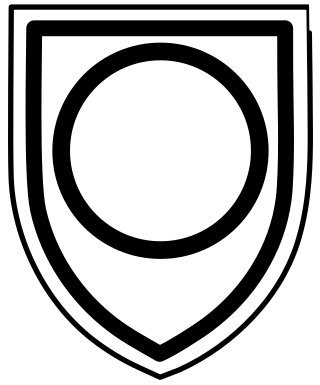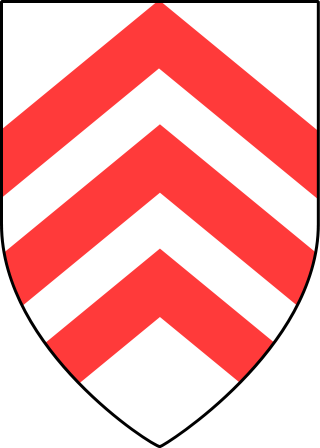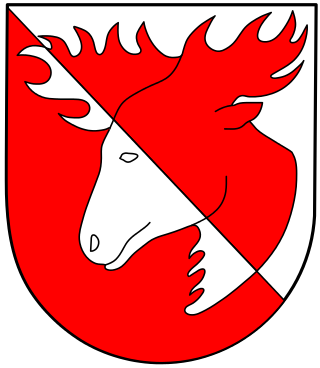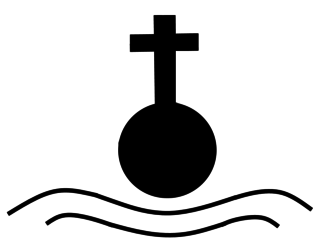The 10th Infantry Division was created in October 1934 under the cover name Wehrgauleitung Regensburg to hide its violation of the Treaty of Versailles. It was renamed the 10th Infantry Division when the establishment of the Wehrmacht was announced publicly in October 1935.

The 208th Infantry Division, or 208.Infanterie-Division in German, was a large military unit that served during World War II. Like most German infantry divisions, the bulk of its troops were foot-mobile infantry supported by horse-drawn artillery.

The 332nd Static Infantry Division was raised over the winter of 1940-1941 and served on coastal defense duties in Brittany and along the Channel coast until early 1943. In October 1942 the division was reorganized as the 332nd Infantry Division, and in the spring of 1943 it was transferred to the Eastern Front; it was disbanded after the Battle of Kursk.

The German 20th Infantry Division was an infantry division of Nazi Germany.

The 3rd Infantry Division was an infantry division of the German Army that fought in World War II. The division was established under the cover name Wehrgauleitung Frankfurt in 1934 by expanding the 3rd Division of the Reichswehr. It was redesignated Kommandant von Frankfurt shortly afterward, and took on its bona fide name when the formation of the Wehrmacht was announced in October 1935. In March 1939 the division took part in the invasion and occupation of Czechoslovakia.

The 161 Infantry Division was a major unit of the German Wehrmacht. It fought in the Battle of France, and then later on in the Eastern Front.

The German 5th Infantry Division was formed in October 1934 and mobilized on 25 August 1939. The division's troops were garrisoned in Konstanz, Ulm, and Freiburg. When formed, the division consisted of the 1st, 2nd, and 3rd battalions of the 14th, 56th, and 75th Infantry Regiments, the 1st, 2nd, and 3rd Battalions of the 5th Artillery Regiment, the 1st battalion of the 41st Artillery Regiment, and assorted 5th Division support units.

The 6th Infantry Division was a unit of the German Army during World War II.
The 19th Panzer Division was an armoured division in the German Army, the Wehrmacht, during World War II. It was created from the 19th Infantry Division.

The 28th Jäger Division was a German military unit during World War II.
The 21st Infantry Division was a German military unit which fought during World War II.

The 76th Infantry Division was created on 26 August 1939 together with the 23rd Infantry Division in Potsdam.

The 97th Jäger Division was a light infantry Division of the German Army during World War II. It can trace its origins to the 97th Light Infantry Division which was formed in December 1940. It was then redesignated the 97th Jäger Division in July 1942.

The 45th Infantry Division was an infantry division of the army of Nazi Germany during World War II. Towards the end of the war, the division was reassembled into a second iteration, the 45th Volksgrenadier Division

The 30th Infantry Division of the Wehrmacht was created on 1 October 1936 in Lübeck and mobilized on 26 August 1939 for the upcoming invasion of Poland. At that time, it consisted of the usual German infantry division elements: three infantry regiments of three battalions each, one three-battalion regiment of light artillery, one battalion of heavy artillery, a panzerjager (anti-tank) battalion, an aufklärungs (reconnaissance) battalion, a signals battalion, a pioneer (engineer) battalion, and divisional supply, medical, and administrative units.

The 11th Infantry Division was an infantry division of the Wehrmacht that was initially founded as a cover formation during the Reichswehr era. It was active from 1934 to 1945.

The 15th Infantry Division was an infantry division of the German Army during the interwar period and World War II, active from 1934 to 1945.

The 214th Infantry Division was a German division in World War II. It was formed on 26 August 1939.

The 81st Infantry Division was an infantry division of the German Army during World War II. It was active from 1939 until 1945 and served primarily on the Eastern Front.
The 290th Infantry Division was a German infantry division in World War II. It was formed in the Munster Training Area in Wehrkreis X on 6 February 1940 and surrendered to Soviet forces at the end of the war as part of Army Group Courland.
















